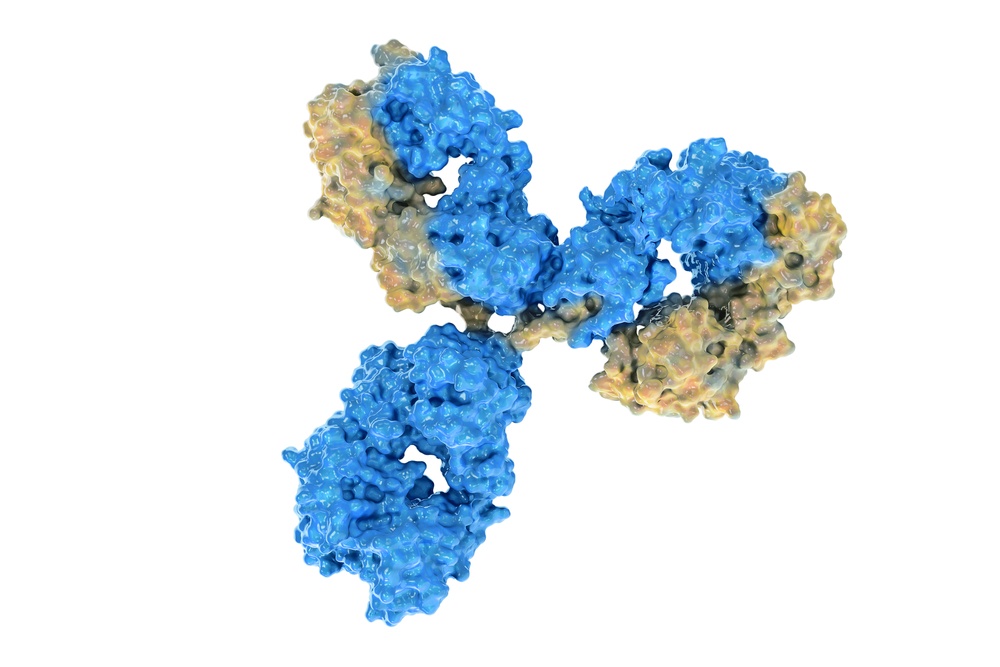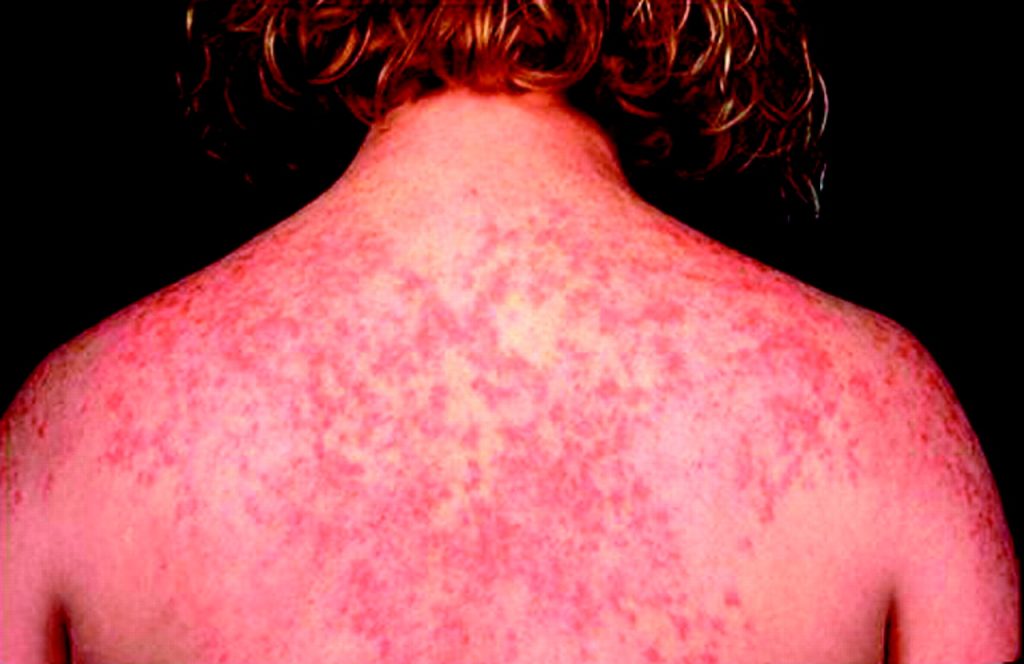The global antibodies contract manufacturing market is expected to reach from USD 13.4 billion in 2022 to USD 35.9 billion by 2030, registering a CAGR of 13.1% from 2022 to 2030.

Rise in demand for the production of therapeutic antibodies is the main factor that will drive the growth of the market during the forecast period. Antibodies are the leading biopharmaceutical products that precisely target abnormal cells.
Thus, many biopharmaceutical companies have begun to focus on the development of advanced antibodies for the treatment of chronic diseases such as cancer, arthritis, and rheumatic heart disease. The impact of COVID-19 has boosted the market growth, with the application of monoclonal antibodies therapy used as a treatment for COVID-19 patients.
A surge in the R&D budget for the production of antibodies by key players is also driving the growth of the market. For the ongoing fight against COVID-19, Monoclonal antibody (mAb) therapy is proven to be an effective treatment. The aim of this treatment is to prevent hospitalizations, decrease viral loads, and minimize symptom severity.
During the coronavirus outburst, the supply chain of biopharmaceutical companies remained robust and was largely unaffected worldwide. Similarly, antibody contract manufacturers are observing a rise in demand for the production of antibodies that will be used for treatments related to the COVID-19 vaccine and therapeutics.
Thus, the future holds numerous opportunities for the antibody contract manufacturing market. For instance, in December 2021, an agreement was formed between Samsung Biologics and AstraZeneca to manufacture Evusheld, which is an amalgamation of binary antibodies in development for the potential treatment of COVID-19.
The growth of CMOs is greatly dependent on favorable opportunities offered by the biopharmaceutical industry. Expansion and increasing robustness of venture capital investments for the life science sector are two important opportunities that are anticipated to drive the market.
For instance, in 2022, FUJIFILM Diosynth Biotechnologies announced an expansion in North Carolina; with this expansion, the company will increase skilled positions including researchers and scientists by 2024 to generate strong commercial processes.
Monoclonal antibodies-based antibody contract manufacturing captured the largest market share about 70.9% in 2021, owing to the high penetration of mammalian expression systems for biologics development.
Based on the source offered in this market, the mammalian segment contributed the largest share of 58.5% in 2021, as they are considered a more reliable, robust, and relatively mature technology.
Asia Pacific is expected to emerge as the fastest-growing regional market with a CAGR of 13.3% from 2022 to 2030, owing to developing economies such as India, South Korea, and China incorporating developments to sustain the competition.
Antibodies Contract Manufacturing Market Size and Market Analysis
Source : https://www.researchandmarkets.com/reports/5595846/antibodies-contract-manufacturing-market-size


